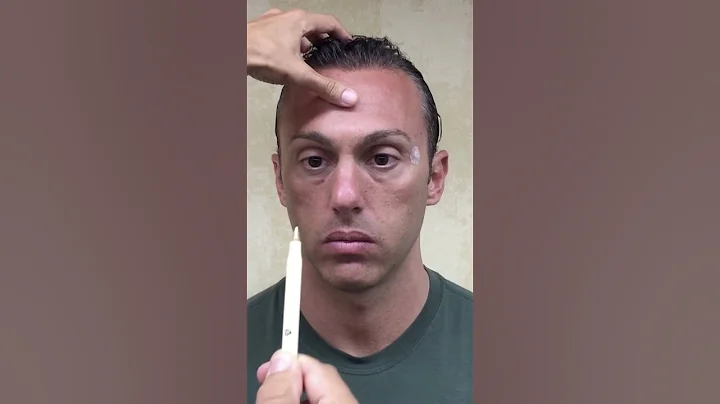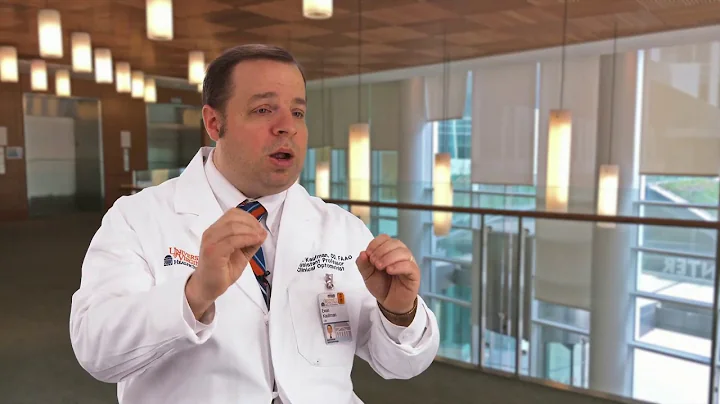In daily life, many times children cannot see clearly, and parents think it is myopia. In fact, children may also have amblyopia for and . When many parents are told that their children's eyes have amblyopia, they look confused. They don't know what amblyopia is, and some even think it is another name for myopia. Today, let the editor talk to you about what amblyopia is!
1. What is amblyopia?

Amblyopia means that when there is no organic disease in the eyes, during the child's development process, due to strabismus or high hyperopia , affecting the development process. The visual function cells have not received enough light stimulation and have not developed to normal. In this state, the vision cannot be corrected by glasses, which is called amblyopia.
2. Common types of amblyopia

Strabismic amblyopia
Because the child only uses one eye to see for a long time, the cerebral cortex corresponding to the other eye that is not seeing has not been able to receive signals, and he will slowly lose sight. Gone, this is strabismic amblyopia.
Refractive amblyopia
If the diopter difference between the two eyes is relatively large, for example, one eye has no astigmatism and the other eye has 100 degrees of astigmatism, then the eye with 100 degrees of astigmatism will see things blurred for a long time, and slowly the child will only If you use the eye that can see clearly to see something, the other eye may have amblyopia.
Form deprivation amblyopia
In infancy, due to congenital cataracts, leukoplakia, ptosis and other eye diseases that block the pupil, light stimulation cannot enter the eyes normally. Therefore, depriving the macula of this eye from the opportunity to receive normal light stimulation, the development of the eye may be poor or stagnant, which may also lead to amblyopia in the child.
Covered amblyopia
is also called reversible amblyopia. In some treatments for amblyopia, the eyes that are covered or suppressed with cycloplegic drugs may cause abnormal visual development due to the inability to receive stimulation from normal light, which may also lead to amblyopia.
3. Several major signs of amblyopia

1. Uncoordinated body when walking
If you find that your child walks clumsily or even falls down frequently, you should pay attention, because amblyopia cannot see clearly, which will affect the child's physical coordination.
2. Difficulty seeing things
If a child likes to squint his eyes and often tilts his head to see things; he can see one word clearly but not a line of words clearly, and there will be obvious strabismus. These may be symptoms of amblyopia in the child.
3. Other vision problems
If you are told that your child has high hyperopia, astigmatism or esotropia, you should also pay attention! Because these types of vision problems can easily develop into amblyopia!
Generally speaking, it is best for parents to take their children for a professional examination before they are six years old! amblyopia is discovered, the sooner it is treated, the better. Because from the perspective of children’s visual development period, children’s visual development before the age of 12 is the plastic period. If amblyopia is treated after the age of 12, the chance of success is very small.
Of course, the time for amblyopia treatment is related to the child's age, refractive properties, degree, corrected vision and compliance, etc. It usually takes a long time, so parents must be patient.
If you think the editor’s sharing today is useful, then connect it with one click!





















